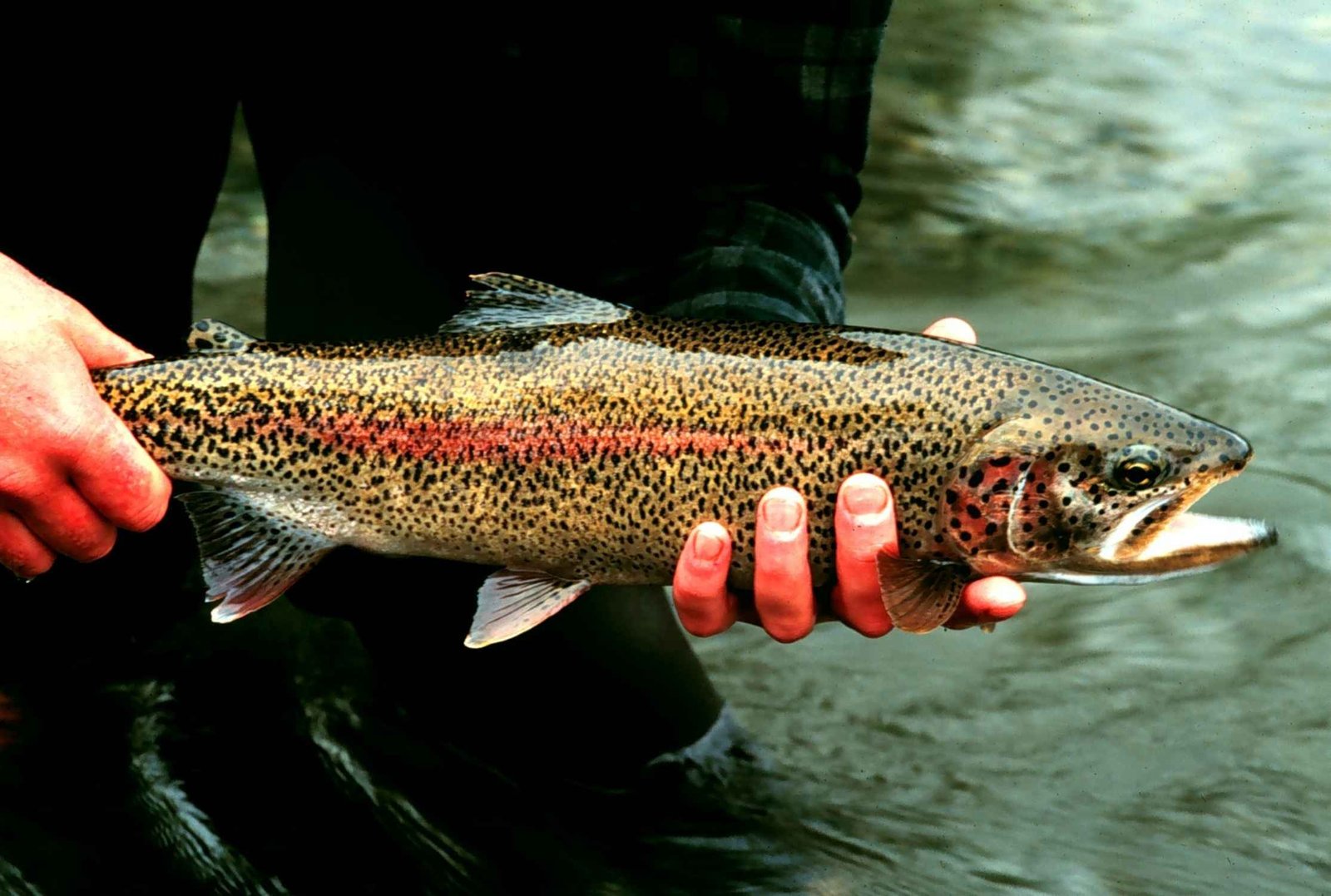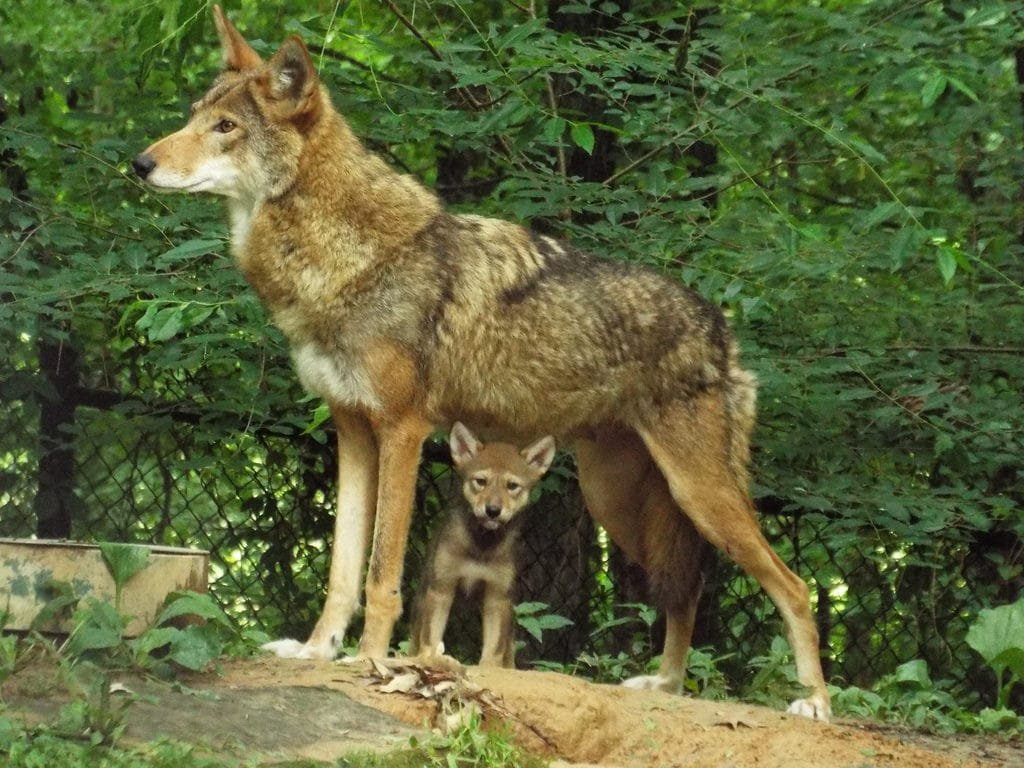 About
About
The proper name for the bearcat is binturong, and it is found in areas of South and Southeast Asia. Different locations have slightly altered names for this animal, but it is widely known as the bearcat, despite not being related to either bears or cats. Instead, they are a member of a group of mammals called viverridae, which includes civets, genets and linsangs. This group of animals are rarely seen, so they are often referred to as ‘old world mammals’.
Characteristics
The bearcat has a long body, and is covered in thick black fur, which amazingly smells just like buttered popcorn. This fur is often speckled with white, and the younger animal usually is a much paler color.The tail is prehensile and curls inwards, to aid the animal in climbing and holding onto branches. It has bristles, or whiskers, around the short muzzle, and large prominent eyes. These bristles are usually white, as are the edges of the rounded short ears.
Each foot has five toes with large claws at the end, and the hind feet are longer than the front feet. The length of the body can range between 28 to 33 inches, and the females are up to 20% larger than the males. The tail is almost as long as the body, with a measurement that ranges between 26 and 27 inches. The average weight of a female in captivity is around 21.9 kg, making the bearcat one of the largest of the viverridae species.
Behavior
The bearcat is active both during the day and at night, whereas most animals are usually one or the other. They move around in a gentle fashion, and climb up or down the branches rather than leap. The tail is used to help with balance as well as gripping branches, and they usually climb downwards head first. Despite preferring to be up in trees, the bearcat can also be seen moving along the ground.
When these animals are upset or threatened, they will make a series of low grunting sounds, and they can also make a hissing sound by pushing air out through lips that are only partially open. However they are usually a shy animal and will only become aggressive when threatened or harrassed. Their first method of defence is to defecate or urinate on the threat, followed by snarling, growling and baring their teeth. If that doesnt work, they will defend themselves with their teeth and very powerful jaws.
They are known to show comfort behavior, often by grooming their fur, including licking the fur, and scratching and shaking. The strongest form of comfort behavior they exhibit is the shaking. It is also believed that the bearcat communicates using the tail, as well as the scent glands located on either side of the anus. They have musk glands, which is where the scent of popcorn comes from.
Bearcats are omnivores, meaning they eat both vegetable and fruit matter, as well as meat and fish. Although they will eat fish and earthworms, it is believed that they serve no purpose in their diet other than opportunity. They are fond of small mammals and rodents, but they are not particularly predatory. Because of this behavior aspect, they predominantly survive on plants, vegetables and fruits. The main fruit of their diet is the fig, and therefore they are an important component of see dispersal, due to their ability to scarify the hard outer covering of the strangler fig seeds.
Habitat
Their preferred habitat is forests with tall trees, but can be seen in open areas near tree cover. The countries where the bearcat can be found include Thailand, Laos, Malaysia, Myanmar, Nepal, India Bangladesh, Bhutan, Cambodia, Yunnan province in China, and Vietnam. They are also seen in Sumatra, Java, Kalimantan and the Philippines.
Breeding
Females reach sexual maturity at around 30.4 months of age, whereas the male reaches it at 27.7 months. Fertility of both sexes last until 15 years of age, and the estrous period is 81 days at a time. The gestational period is 91 days, and usually there will be two offspring born with each pregnancy, although there have been cases of up to six babies being born at a time. The bearcat belongs to a special group of only 100 mammals that can initiate embryonic diapause. What this means, is that the implantation can be delayed until the female feels the environmental conditions are favourable for gestation and birthing.
Conservation
The bearcat is listed as a critically endangered species on the China Red List, and is also protected in Malaysia. The biggest threat to this species is deforestation, and the loss of their natural habitat. Logging and forest clearing for building and farming purposes has caused a lot of degradation of the forestry, and as the bearcat doesn’t travel very far, they are at great risk of finding suitable alternative havitats.
Humans are also a great risk to the survival of the bearcat, particularly in Laos, Southeast Asia. The skins are a tradable commodity, and the bearcats are often seen in large cages ready for sale. In some areas of Laos the flesh is also considered a delicacy, and they can be traded with Vietnam as a food source. The bearcat is caught and sold as wildlife trade in parts of the Philippines, and in some southern areas it is also considered a source of food.
Captivity
As these animals are rarely seen in the wild, the best chance for most people to see this remarkable animal is in the zoo. They have been known to live for up to 25 years in captivity, and zookeepers often remark on the intelligence of the bearcat and their curiosity. Often the origin of the animal cannot be traced geographically, as those that are present in the zoo’s are usually offspring of other captive animals.
These animals do not make suitable pets for the general public, as they can be rather temperamental, and their bite is not pleasant at all. However, the Orang Asli in Malaysia are well known to keep them as pets rather successfully. They are better handled by professional wildlife handlers and zookeepers. The diet of the bearcat whilst in captivity typically includes fruit such as bananas, oranges and apples, meat, canned peaches and supplemental minerals.
Many colleges across the United States have the bearcat as their mascot,which is surprising as so many people have no idea or knowledge of their existence. It is such an interesting and curious looking animal, that it is vitally important for more education to be readily available to help protect the bearcat.




0 Comments